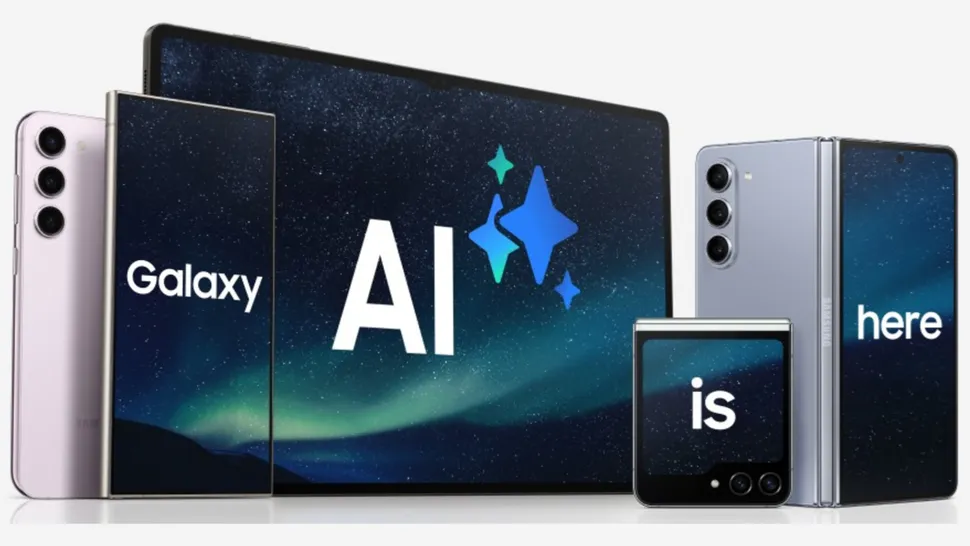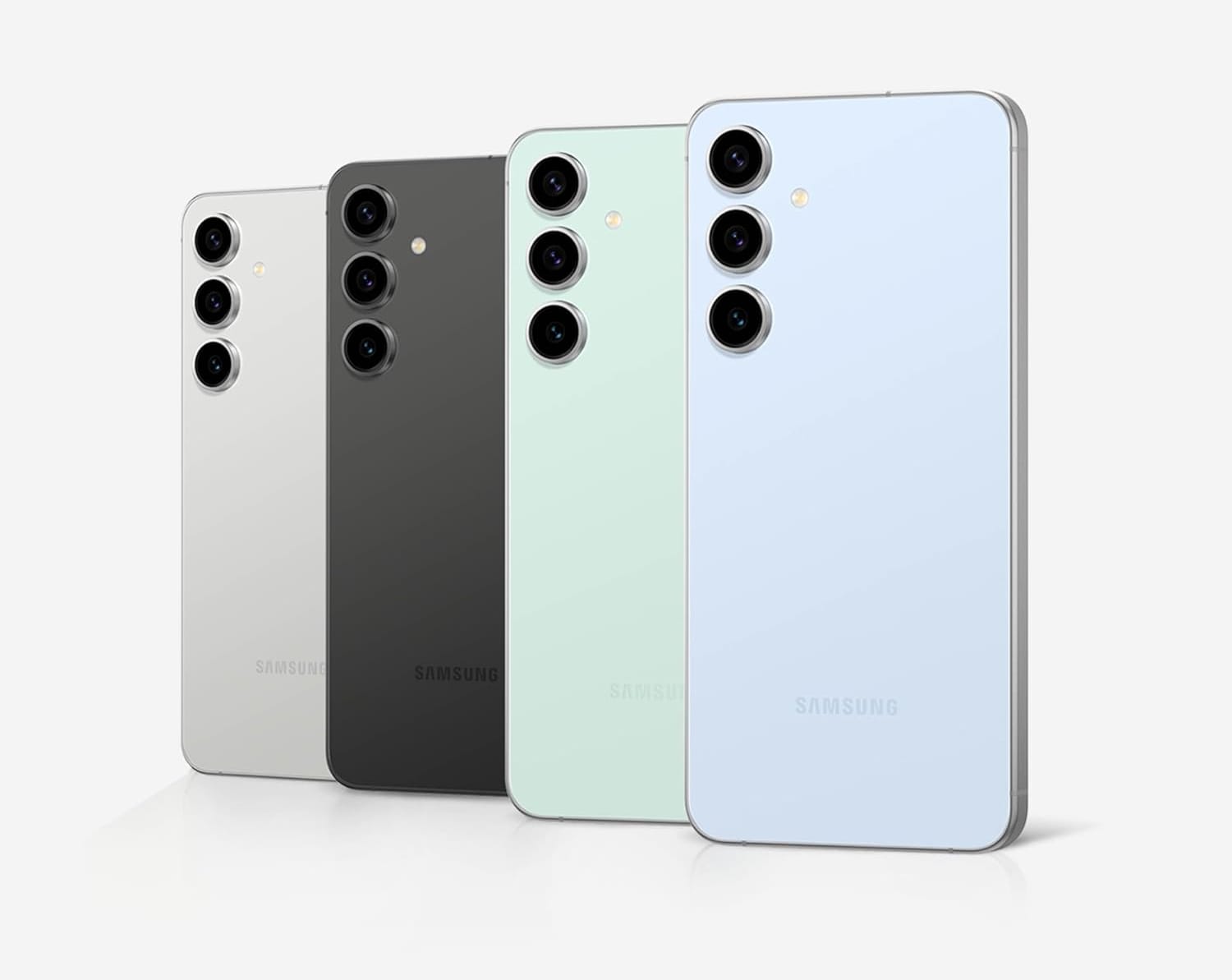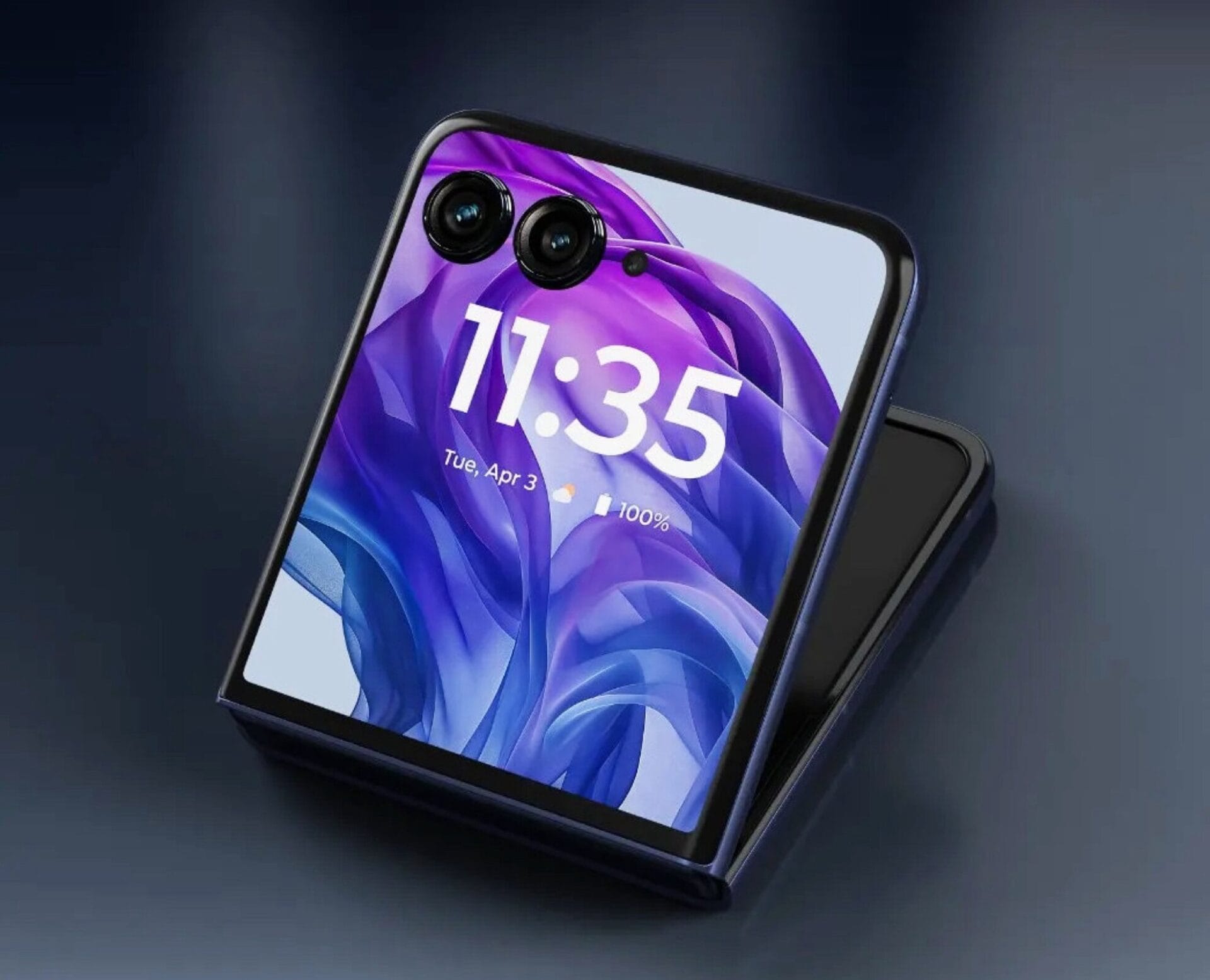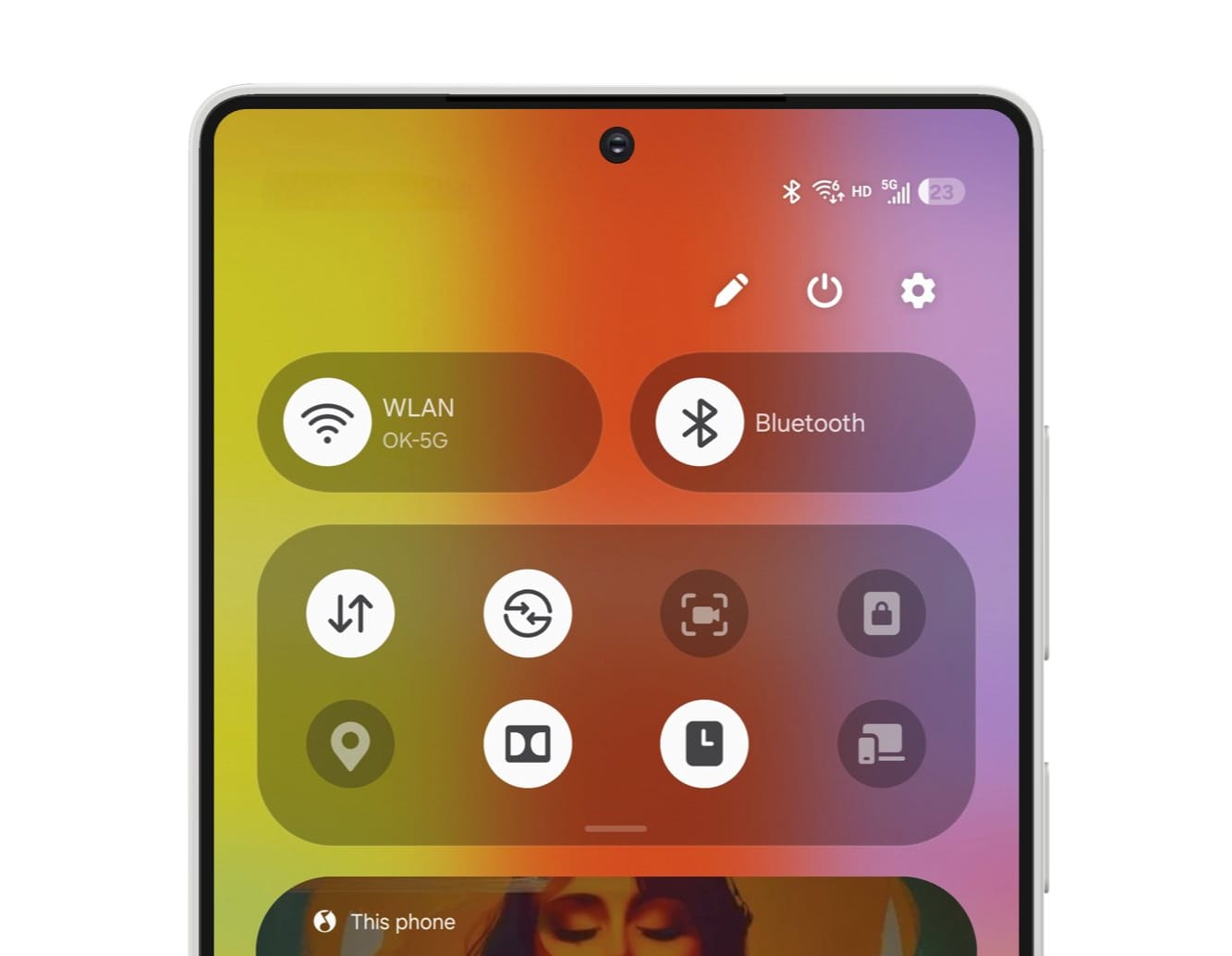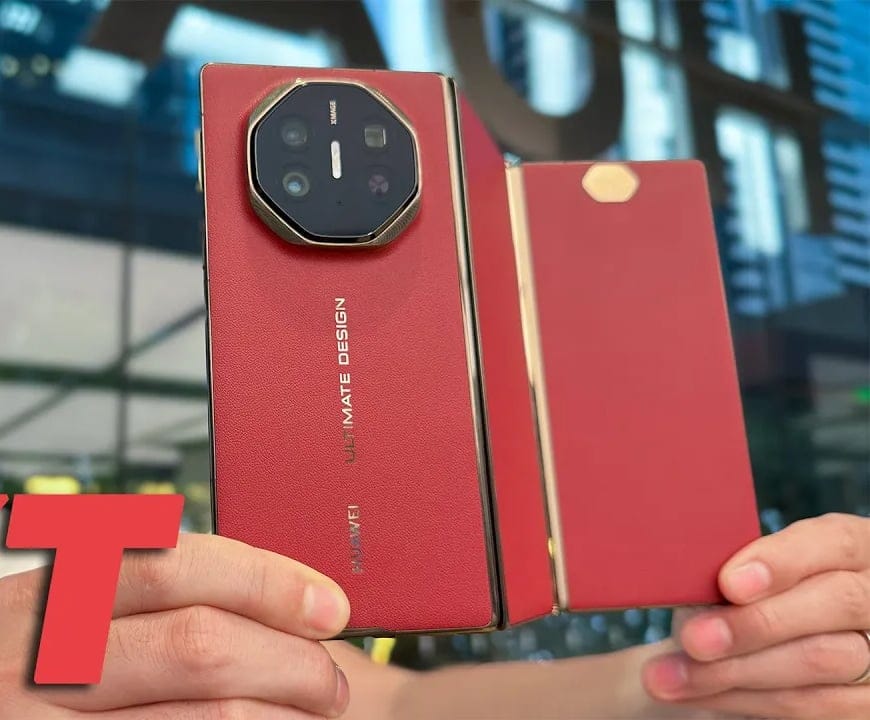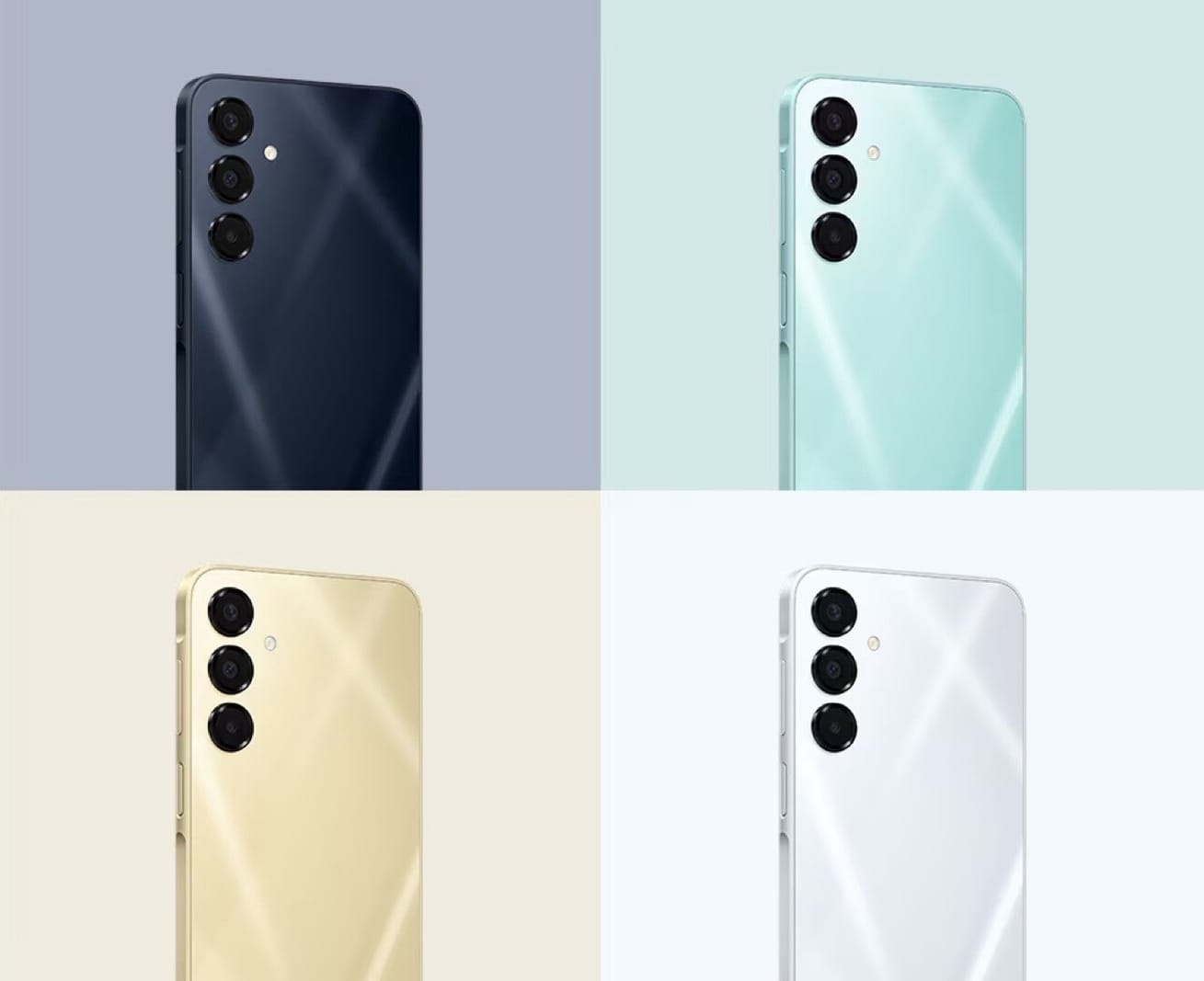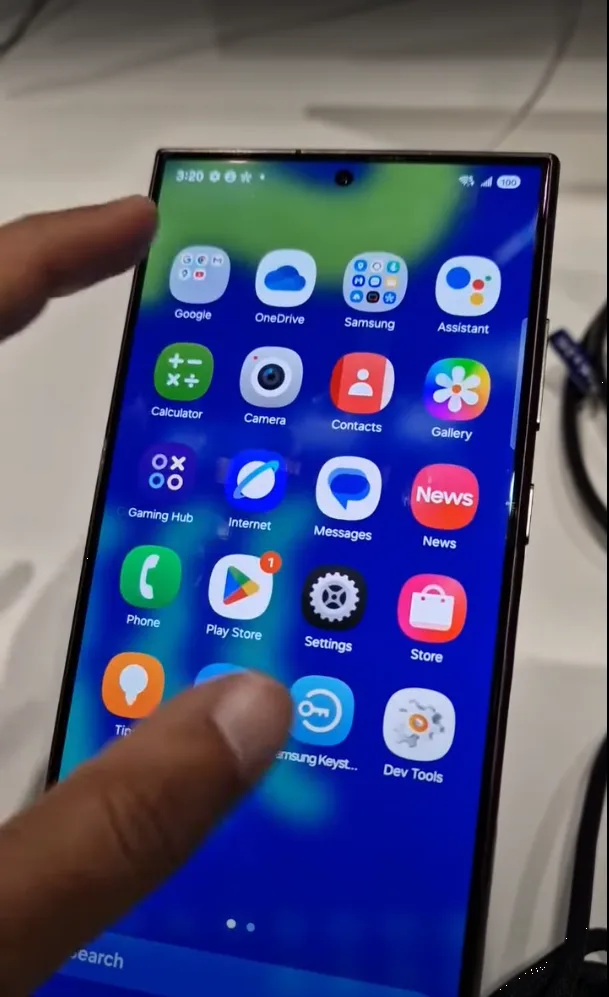The present movement of bringing AI into smartphones began with simple tasks like text summarization, but it’s advancing rapidly. According to ETNews, a South Korean news outlet, Samsung is developing an AI-driven system that could completely replace the ‘Settings’ app on its Galaxy smartphones.
Predictive Technology
This new system aims to anticipate user needs by analyzing real-time interactions. By doing this, it can help users make adjustments quickly without having to delve into the app itself.
A Growing Trend
While this may sound a bit like science fiction, many smartphone manufacturers have been heading in this direction for the past few years. For example, smartphones now have cameras that change their image processing based on what they detect—be it a document, landscape, or person. The AI on the device identifies the type of scene you want to capture and automatically makes adjustments.
There are numerous applications of AI in various apps and user interfaces designed to simplify tasks for users. Samsung, in particular, is working to further elevate the user experience through a deeper integration of AI in its OneUI interface. This latest development aligns with their main strategy.
Samsung’s Bixby
AI-enabled voice assistants have been a part of smartphones for quite some time now, yet their capabilities remain quite basic. These smart assistants can help with simpler tasks, like setting alarms, but they often lack comprehensive control over the device. It remains to be seen if this new development will offer a more advanced AI that can handle complex tasks independently.
Current AI Features in Galaxy Devices
Samsung’s Galaxy AI currently comes with a range of useful features, such as easier photo editing and facilitating conversations between people who speak different languages. The enhanced "ProVisual Engine" supports the camera, enabling it to produce clearer and more stable images, even in poor lighting.
Additionally, the AI-powered Note Assist feature streamlines the process of taking notes and retrieving information. While these AI features do save time, their usage is still confined to certain apps and areas of the user interface. Nevertheless, Samsung’s ongoing work could enhance accessibility, leading to a significant improvement in the overall user experience.


